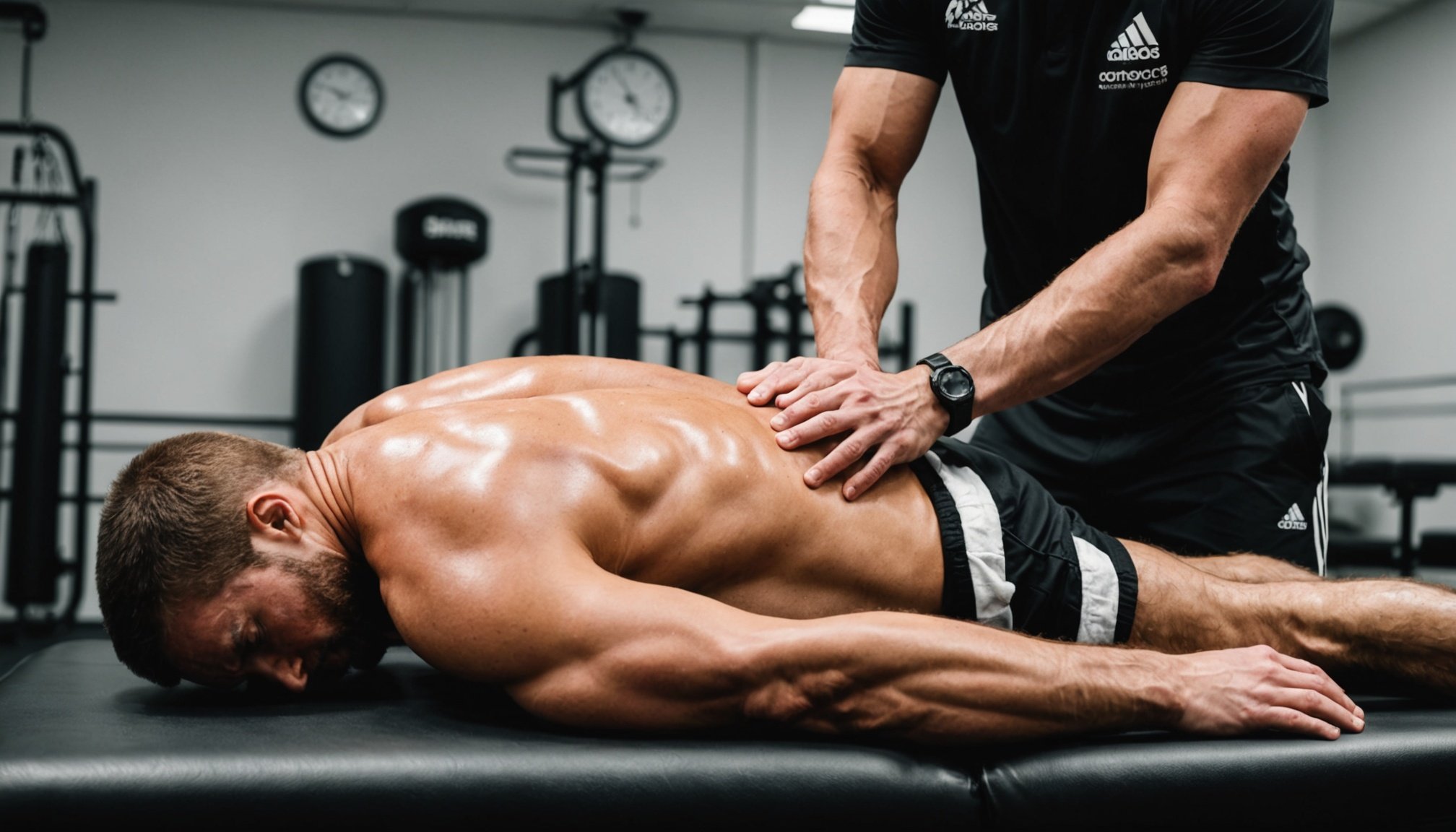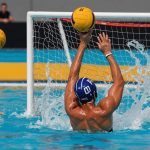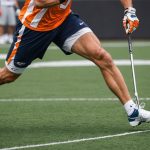Overview of Massage Therapy in Athletic Recovery
Massage therapy plays a crucial role in athletic recovery, particularly for athletes involved in combat sports. It’s commonly defined as the manual manipulation of soft tissues to promote relaxation, decrease muscle tension, and enhance overall function. This therapeutic approach is not just about luxury or relaxation; it is a significant component of an athlete’s training regimen.
For those in combat sports, massage therapy is invaluable. These athletes often experience intense physical strain, leading to muscle fatigue, soreness, and occasional injuries. Regular sessions can mitigate these issues by promoting quicker healing, improving flexibility, and reducing the risk of future injuries.
Also to see : Mastering breakfall skills: key strategies for uk judo coaches to boost athlete performance
Within the UK, the relevance of massage therapy in sports is increasingly recognized. Many combat sports athletes incorporate it as a standard part of their recovery process. It not only aids physical wellness but also enhances mental well-being, an often overlooked aspect of an athlete’s performance.
In essence, massage therapy is far more than a recovery tool; it’s a strategic component for optimizing performance and prolonging athletic careers. For combat sports practitioners in particular, it offers a holistic approach to managing the physical and mental demands of their sport.
Also read : Enhancing fencing excellence: how biomechanical analysis transforms techniques for uk athletes
Evidence-Based Studies on Massage Therapy
Massage therapy is receiving attention in various research avenues, particularly concerning its effects on recovery. Emerging massage therapy studies illustrate significant recovery benefits for a range of athletes. Notably, when we explore research around combat sports, massage therapy is frequently highlighted for its potential to alleviate muscle soreness, reduce recovery times, and enhance performance.
In studies focusing on combat sports research, athletes often experience intense and frequent physical contact, which can lead to muscle fatigue and injury. Massage therapy has been observed in these studies to facilitate quicker recovery from such impacts, enabling athletes to return to their peak condition sooner than with traditional methods alone.
Furthermore, when these massage therapy studies are compared with other recovery methods such as cryotherapy or stretching, massage often shows superior benefits in terms of both physical recovery and athlete satisfaction. Some reports underline the psychological benefits as well, suggesting that the calming effect of massage may contribute to improved mental readiness and focus.
Key findings consistently advocate for the integration of regular massage therapy into athletes’ recovery routines. These insights substantiate the growing emphasis on evidence-based approaches in sports therapy, encouraging further exploration into personalized recovery strategies for optimal performance.
Expert Opinions and Testimonials
Massage therapy plays a pivotal role in the recovery process for athletes, particularly those involved in combat sports. Interviews with massage therapists who specialise in this intense field reveal that targeted techniques help alleviate muscle tension and improve overall performance. These professionals integrate aspects of traditional and modern methods to cater to the demands of rigorous training schedules.
Athlete testimonials are abundant with praise for the benefits of customised massage sessions. Many athletes note significant improvements in recovery time and a reduction in prolonged muscle soreness. These personal recovery experiences often highlight how consistent massage therapy aids in maintaining peak condition.
In terms of expert analysis, sports scientists delve into massage efficacy with a keen focus on its physiological benefits. They explain that massage therapy can improve blood circulation, which facilitates faster healing and enhanced muscle recovery. Furthermore, these insights are backed by scientific research, supporting the case for regular massage as a beneficial supplement to traditional training regimes.
Feedback from massage therapy enthusiasts within athletic circles confirms that this practice isn’t merely a luxury but a necessary component of a comprehensive recovery strategy. As these expert opinions and testimonials suggest, the integration of massage therapy into athletic routines is both practical and advantageous.
Techniques Used in Massage Therapy
Massage therapy incorporates various techniques designed to promote healing and enhance performance, particularly for athletes. These methods are critical for improving recovery and preventing injuries.
Swedish Massage and Its Benefits
Swedish massage is a foundational technique that employs long, gliding strokes and gentle kneading to improve circulation and foster relaxation. This technique is particularly beneficial for athletes as it helps relieve muscle tension and enhances flexibility without causing strain. Swedish massage reduces recovery time by increasing blood flow and promoting relaxation, which is essential for optimal athletic performance.
Deep Tissue Massage Techniques
Unlike Swedish massage, deep tissue massage targets the deeper layers of muscles and connective tissues. By using slower, concentrated strokes, athlete massage facilitates the release of chronic muscle tension. This recovery technique is ideal for sports enthusiasts who experience intense physical exertion, as it aids in breaking down scar tissue and improving overall muscle function.
Sports-Specific Massage Methods
Sports massage is a tailored approach focusing on areas of the body that endure repetitive and vigorous movements. Customized athlete massage techniques target problem zones to reduce muscle stiffness and enhance flexibility. Understanding different methods allows athletes to select recovery techniques that cater to their unique needs, such as pre-event preparation, post-event recovery, or rehabilitation from injuries.
Professionals recommend combining these massage techniques to achieve maximum benefits, as each method addresses distinct aspects of muscle maintenance and recovery.
Frequency and Timing of Treatments
Understanding the optimal frequency of treatments is crucial for athletic wellness. For most athletes, engaging in a massage once to three times a week can significantly enhance recovery and performance. Massage frequency should be tailored to individual needs, based on training intensity, competition schedule, and personal recovery rates. Implementing a consistent regimen helps maintain muscle flexibility and reduces the likelihood of injury.
The timing of treatment also plays a key role. Planning massages around training schedules maximises benefits. For instance, a massage before intense workout sessions can prepare muscles and decrease the risk of injury. On the other hand, post-training massages aid in recovery by alleviating muscle tension and preventing soreness.
Incorporating massage during rest days instead of high activity days can further enhance recovery while not interfering with performance-focused sessions. This strategic treatment timing ensures athletes remain in optimal condition for their main events.
Notably, several case studies highlight effective regimens, illustrating that tailored massage frequency and careful timing alignment with training cycles can lead to noticeable improvements in athlete wellness. Athletes like marathon runners and professional swimmers often witness enhanced flexibility and reduced injury rates with a properly structured treatment plan.
Integrating Massage into Training Regimens
Incorporating massage therapy into an athlete’s training regimen can dramatically enhance both performance and recovery. Understanding the best strategies for training integration involves planning massages to align with various training phases, ensuring they complement rather than hinder performance.
An effective approach is to schedule massages during less intense training days to aid in recovery without interfering with the peak performance days. For optimal benefits, some athletes may choose to integrate massage therapy into their recovery strategies by including it post-workout or on rest days to promote muscle relaxation and reduce soreness.
Routine massages can significantly contribute to long-term athlete performance. Benefits include improved blood circulation, increased flexibility, and enhanced muscle function. Regular massages can also prevent potential injuries by detecting muscle tightness or imbalances early.
Case studies highlight the positive effects of consistent massage therapy. For instance, a prominent marathon runner reported reduced muscle fatigue and better endurance when massages were consistently part of the routine. Another swimmer noted that regular massage sessions enhanced overall recovery time, allowing for more vigorous training sessions.
By strategically integrating massage therapy, athletes can maintain a high level of performance while promoting quicker recovery, cementing their place in the competitive sports domain.
Regional Considerations for Practitioners in the UK
Navigating the massage therapy regulations in the UK presents unique challenges for practitioners eager to work within combat sports. Regional guidelines differ significantly, demanding practitioners keep abreast of specific legal frameworks to ensure compliance and maintain professional integrity. Each region has distinct regulations that may influence the type of qualifications required, the scope of practice allowed, and the legal responsibilities of practitioners.
Incorporating experienced practitioners is vital, particularly in combat sports, where precision and knowledge are paramount. Expertise isn’t merely about following procedures; it involves understanding the athletes’ nuanced needs and providing tailored treatments that foster optimal performance and recovery. Experienced massage therapists in combat sports are expected to adapt techniques to suit various training phases, injuries, and athlete preferences, making their role essential in sports health management.
Cultural attitudes in the UK towards massage therapy within sports are generally positive, though they vary by region. There is an increasing recognition of its benefits, such as quicker recovery times and enhanced athletic performance. Yet, gaining acceptance requires practitioners to demonstrate professional credibility and results that validate massage therapy as a credible component of an athlete’s regimen. This evolving perception highlights the importance of skilled practitioners who can bridge the gap between traditional views and modern sports therapy approaches.











